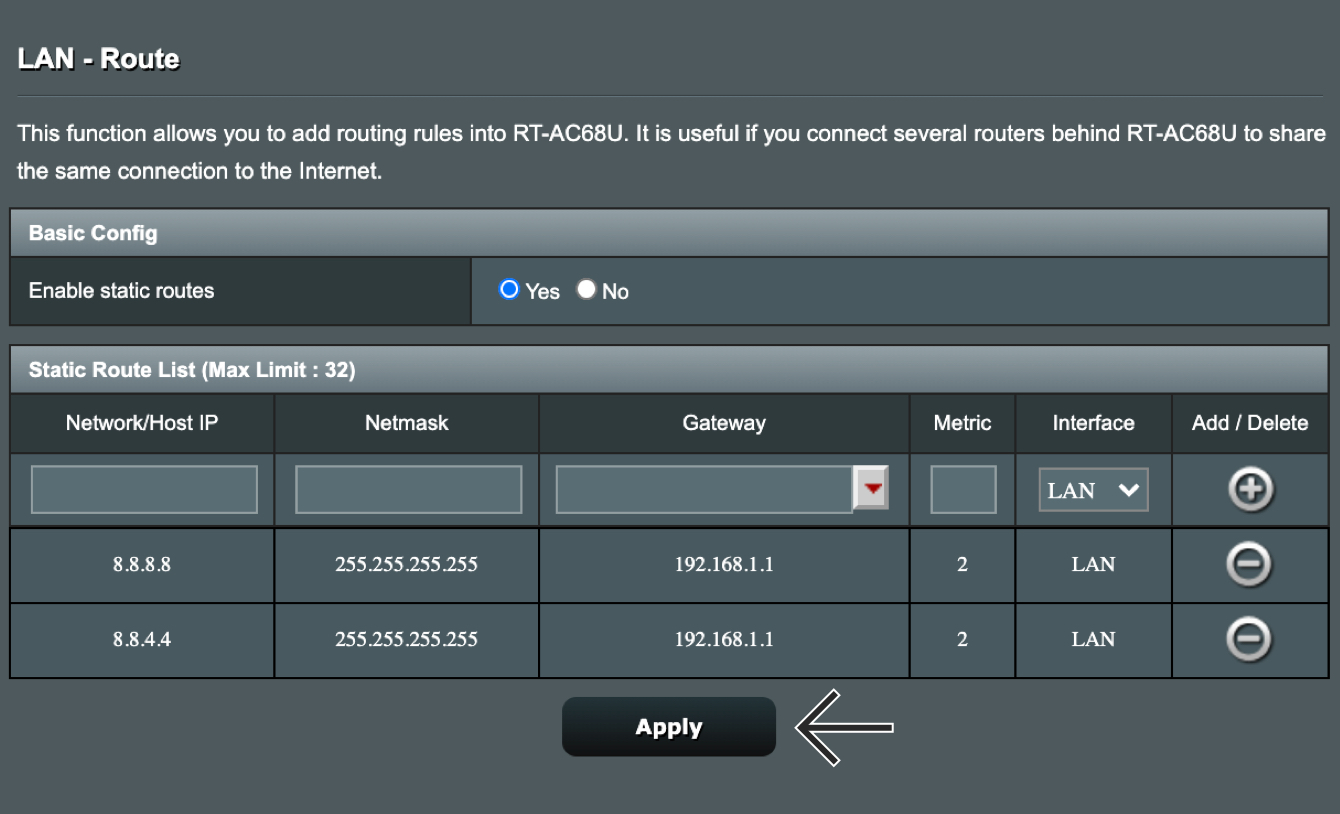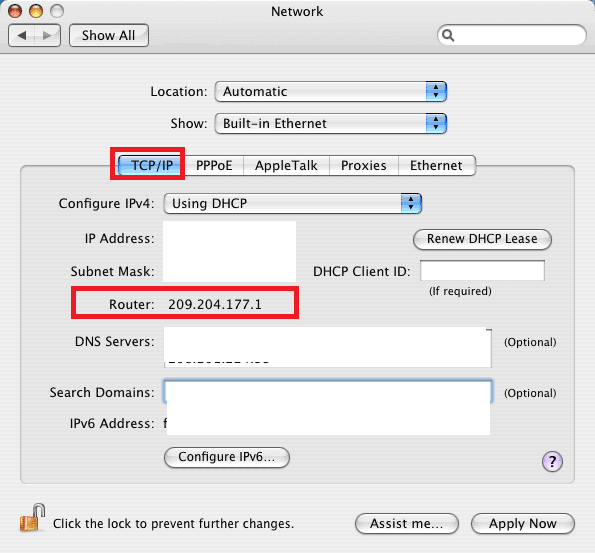


While this means that potentially every user of the affected software could have become a victim, actors behind ShadowHammer were focused on gaining access to several hundreds of users, which they had prior knowledge about.
#Check asus mac address shadow update
Trojanized versions of the utility were signed with legitimate certificates and were hosted on and distributed from official ASUS update servers – which made them mostly invisible to the vast majority of protection solutions. Using stolen digital certificates used by ASUS to sign legitimate binaries, the attackers have tampered older versions of ASUS software, injecting their own malicious code.

#Check asus mac address shadow drivers
This is a pre-installed utility in most new ASUS computers, for automatic BIOS, UEFI, drivers and applications updates. The actors behind ShadowHammer targeted the ASUS Live Update Utility as the initial source of infection. While a vendor’s infrastructure can be secure, there could be vulnerabilities in its providers’ facilities that would sabotage the supply chain, leading to a devastating and unexpected data breach. It targets specific weaknesses in the interconnected systems of human, organizational, material, and intellectual resources involved in the product life cycle: from initial development stage through to the end user. A supply chain attack is one of the most dangerous and effective infection vectors, increasingly exploited in advanced operations over the last few years – as we have seen with ShadowPad or CCleaner.


 0 kommentar(er)
0 kommentar(er)
